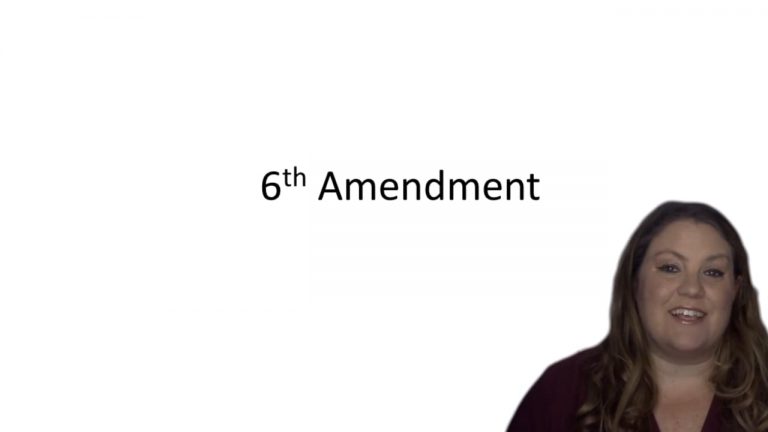SmartBrief
Confirm favorite deletion?
Criminal Procedure Keyed to Ohlin
Apprendi v. New Jersey
Citation:
530 U.S. 466 (2000)Facts
On December 22, 1994, petitioner Charles C. Apprendi fired several .22 caliber bullets into the home of an African-American family that had recently moved into a previously all-white neighborhood in Vineland, New Jersey. Apprendi was promptly arrested and admitted that he was the shooter. After the trial judge accepted Apprendi’s guilty pleas, the prosecutor filed a formal motion for an extended term. The judge held an evidentiary hearing on the issue of Apprendi’s purpose for the shooting on December 22. The judge found the police officer’s testimony credible and concluded that the evidence supported a finding that the crime was motivated by racial bias. Having found by a preponderance of the evidence that Apprendi’s actions were taken with a purpose to intimidate as provided by the statute, the trial judge held that the hate crime enhancement applied.
Only StudyBuddy Pro offers the complete Case Brief Anatomy*
Access the most important case brief elements for optimal case understanding.
*Case Brief Anatomy includes: Brief Prologue, Complete Case Brief, Brief Epilogue
- The Brief Prologue provides necessary case brief introductory information and includes:
Topic:
Identifies the topic of law and where this case fits within your course outline.Parties:
Identifies the cast of characters involved in the case.Procedural Posture & History:
Shares the case history with how lower courts have ruled on the matter.Case Key Terms, Acts, Doctrines, etc.:
A case specific Legal Term Dictionary.Case Doctrines, Acts, Statutes, Amendments and Treatises:
Identifies and Defines Legal Authority used in this case.
- The Case Brief is the complete case summarized and authored in the traditional Law School I.R.A.C. format. The Pro case brief includes:
Brief Facts:
A Synopsis of the Facts of the case.Rule of Law:
Identifies the Legal Principle the Court used in deciding the case.Facts:
What are the factual circumstances that gave rise to the civil or criminal case? What is the relationship of the Parties that are involved in the case.Issue(s):
Lists the Questions of Law that are raised by the Facts of the case.Holding:
Shares the Court's answer to the legal questions raised in the issue.Concurring / Dissenting Opinions:
Includes valuable concurring or dissenting opinions and their key points.Reasoning and Analysis:
Identifies the chain of argument(s) which led the judges to rule as they did.
- The Brief Prologue closes the case brief with important forward-looking discussion and includes:
Policy:
Identifies the Policy if any that has been established by the case.Court Direction:
Shares where the Court went from here for this case.

 4m 2s
4m 2s